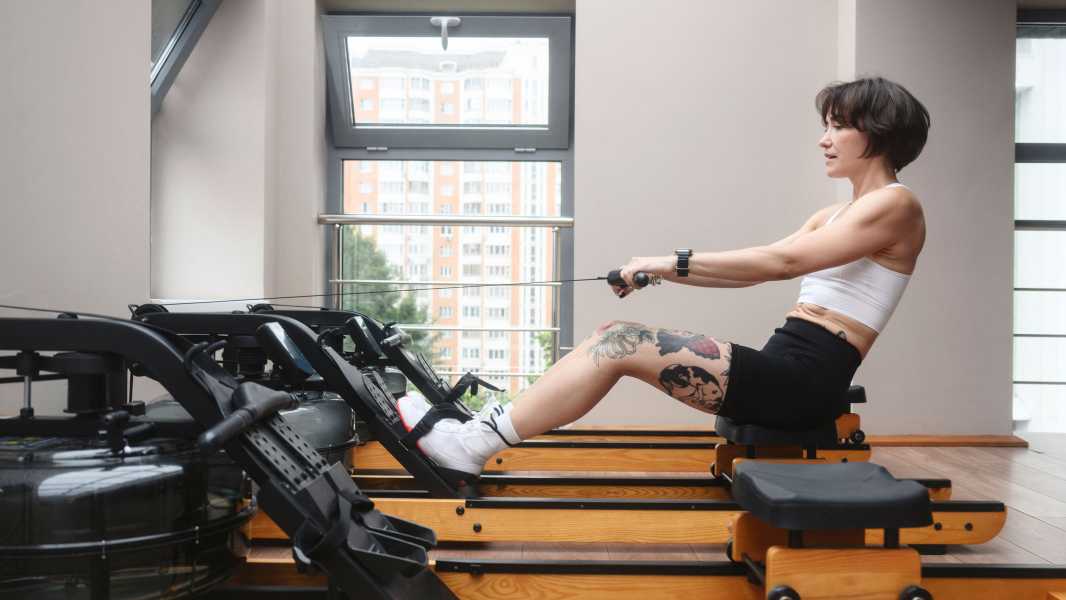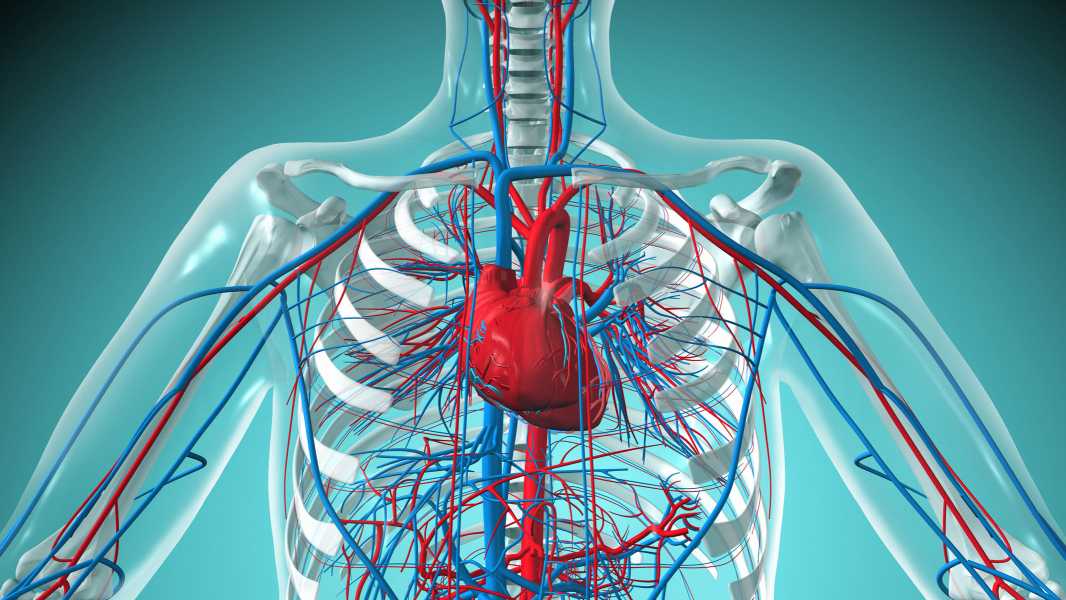
(Image credit: Getty Images)
Rowing and running are certainly two of the most common forms of cardio. Both can significantly increase your heart rate and get your blood flowing, and both have been shown to reduce the risk of heart disease and hypertension. Rowing and running show similar cardiovascular benefits, according to a 2023 study published in the European Heart Journal.
However, here's the interesting thing: statistics show that elite rowers tend to have larger hearts than elite runners.
For example, a landmark 1994 study published in the American Journal of Cardiology, one of the largest of its kind, looked at structural and functional changes in the hearts of 947 elite athletes from 27 different sports. The researchers used echocardiography, an ultrasound scan of the heart, and found that rowers had the thickest left ventricular wall of all the participants.
This layer of muscle and connective tissue surrounds the largest chamber of the heart. The rowers also had some of the largest left ventricles during the resting period between heartbeats, when the heart relaxes and fills with blood. The runners, however, did not show such significant changes in heart function, the study authors said.

Elite rowers tend to have larger hearts than elite runners.
How does rowing affect the heart and how is it different from running?
While both types of exercise challenge your cardiovascular system, they work differently, Dr. Bhaskar Semita, a cardiologist and cardiothoracic surgeon at Fortis Vashi Hospital in Mumbai, India, told Live Science via email. “[That’s why] elite rowers tend to have larger, more powerful hearts than elite runners, even when their cardiovascular fitness levels are similar,” Semita explained.
The reason has to do with the movement itself. Running primarily targets the legs. Rowing, on the other hand, is a low-impact workout that activates the muscles of the legs, core, and upper body all at once.
“Rowing is a full-body workout that requires a lot of oxygen, so your heart has to pump more blood per beat,” says Semita. So, using one of the best rowing machines can help your heart pump blood more efficiently than running on a treadmill.
“Over time, this results in a lower resting heart rate and an increased stroke volume [the amount of blood pumped by the ventricle in one contraction]. The heart works less hard, while delivering more oxygen,” adds Semita.
Sourse: www.livescience.com





